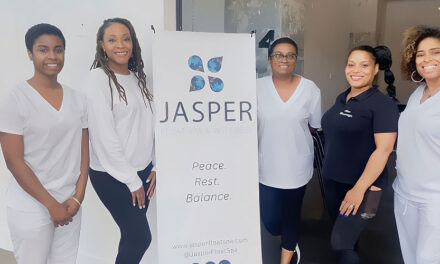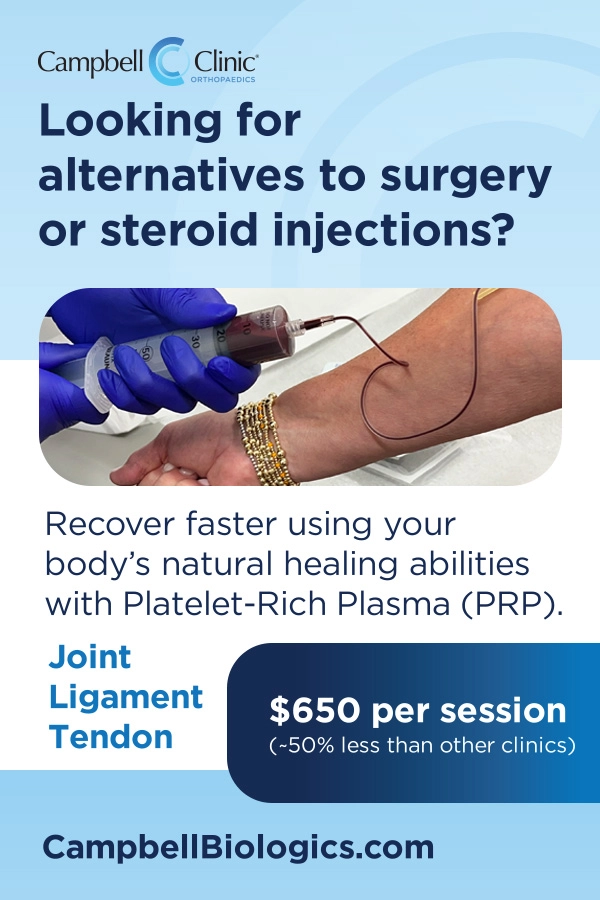Joint replacements can offer a second chance at an active life. But wouldn’t it be great to achieve that goal without surgery?
A physical therapist can help.
We help patients strengthen muscles and joints, use proper body mechanics, and perform activities safely so they can continue to work, play sports, and live independently. Many patients see results within one month.
See us if you notice a joint feeling weak, painful, or not moving well. You can make an appointment for an assessment with a physical therapist without a referral.
The earlier we intervene, the more likely we can help you avoid or delay surgery. If you do need surgery, participating in therapy often leads to better results and faster recovery.
Our first step is assessing the strength and mobility of the joint and the surrounding joints. For example, if you have a sore knee, I’ll check your hips, ankles, and spine as well. In some cases, pain and instability result from compensating for a problem in another part of the body.
After we diagnose the problem, we work to restore strength and range of motion.
During therapy sessions, we guide patients through exercises to strengthen the joint itself and the muscle and tissue around the joint.
We encourage patients to do their exercises at home, too. They can be done while standing, sitting, or even lying down, depending on whether the joint can bear weight.
I also show patients the safe, correct way to do movements related to their work, sports, chores, etc.
Finally, we identify strategies for continuing to perform activities.
If your activity causes pain right away or you’re in pain long after you’ve stopped, you probably need to pull back until we can strengthen your muscles and restore joint mobility.
However, if the pain doesn’t start until you’ve been doing an activity for a while, you can keep doing it, but make sure you stop before it becomes painful. In that case, our goal for therapy is to build up to performing activities for a longer time.
We also talk about mixing heavy and light activity. If you’re doing chores, take a break from vacuuming to sit and fold laundry. If you jog, mix in walking. Rest breaks and changing positions can extend how long you can be active.
My best advice for patients is don’t push through pain but don’t let it make you give up on being active. The human body is meant to move, and being sedentary can cause health problems.
Pain doesn’t mean you can’t move –– it just means you need help to get back at it.
That’s why we’re here. Physical therapists not only restore your strength and mobility, but we also rebuild your confidence.
If we can catch your injury early and you diligently do your exercises, we have a high degree of success getting you back to the activities you want to do.
Drew Tucker, PT, DPT, is a physical therapist at Regional One Health. He sees patients at the Center for Rehabilitative Medicine at the East Campus, 6555 Quince Road. To learn more or make an appointment, call 901.515.5900.










